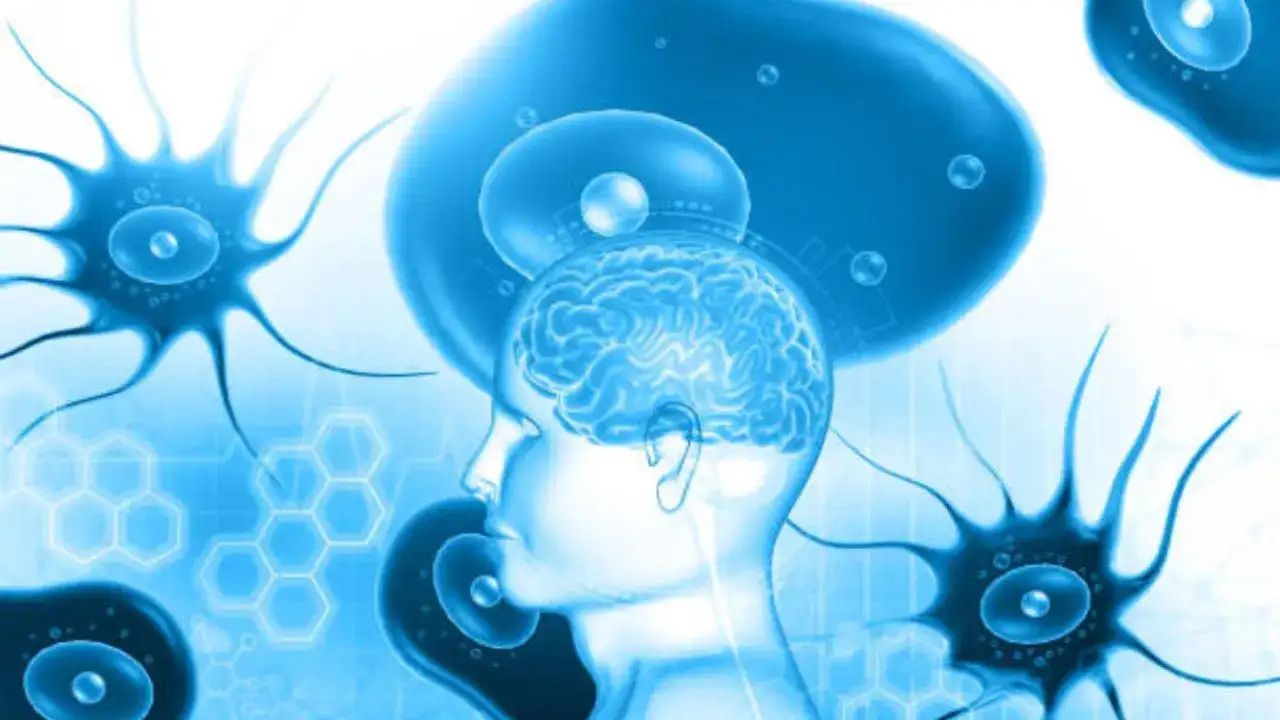By Ashima Sharda Mahindra
Copyright timesnownews

Kerala has reported more than 70 cases and 20 deaths due to Primary Amoebic Meningoencephalitis, or PAM – a rare but highly fatal brain infection – also known as the “brain-eating amoeba”, authorities said. Kerala health minister Veena George said while the cause of the cases is being investigated, the state has developed its own testing facilities in all the microbiology labs. “Around 80 cases were reported in the state and 21 deaths. The reason why amoebic meningoencephalitis cases are getting reported in Kerala is quite clear: after 2023, we have insisted on reporting every single encephalitis case and also finding the cause of it,” she said while speaking to reporters. Tamil Nadu issues a warning The neighbouring state of Tamil Nadu has now urged strict maintenance of swimming pools and water theme parks to prevent the spread of PAM. According to experts, PAM, caused by the amoeba Naegleria fowleri, often affects healthy children and young adults after recent exposure to stagnant freshwater. Its early symptoms resemble meningitis, making timely diagnosis difficult. There are a large number of people travelling between Tamil Nadu and Kerala for the festive season, and so, the health officials have reminded the public to be cautious about water use. Even though the disease is not a serious threat in Tamil Nadu, authorities say simple precautions can reduce risks during trips. The infection was previously linked to clusters in Kerala’s Kozhikode and Malappuram districts but is now sporadically spreading all over. Authorities say the infection does not seem to come from a single water source, and most cases are single and isolated. In 2024, there were 39 cases with a 23 per cent fatality rate, and since the beginning of this year, nearly 70 cases have been reported with about 24.5 per cent mortality. Doctors say the rise in numbers reflects better detection, thanks to state-of-the-art labs. Experts say Naegleria fowleri lives throughout the world in warm and shallow bodies of fresh water like lakes, rivers, and springs – apart from the soil. Considered a free-living organism, as it does not need a host to live, this amoeba causes PAM, which infects your central nervous system. According to doctors, the most common way of being infected happens when water goes into your nose. From there, the amoeba goes to your brain when you may be swimming, diving, or doing something like water skiing in infected water. In extremely rare cases, the infected water can be heated tap water or swimming pool water that is not chlorinated enough. You cannot be infected by swallowing infected water. Signs and symptoms of PAM The signs and symptoms of primary amoebic meningoencephalitis come on suddenly and are severe at the start, including: High fever Severe headache Nausea and vomiting Trembling Symptoms like those of meningitis, which include a stiff neck and extreme sensitivity to light Mental confusion Coma How to prevent the infection? Prevention is important, even though the condition is very rare. These are key things to remember: Do not swim, wade, or do watersports in warm freshwater locations – especially still waters – without nose plugs. Do not use tap water for a neti pot or any other device that cleans your nasal passages. Use filters to remove germs from water. Use chlorine bleach liquid or tablets to disinfect your water for cleaning your nose and sinuses. If you do develop symptoms of fever or headache after going into warm freshwater, go to the doctor immediately.



